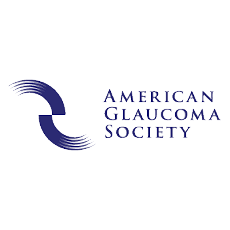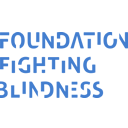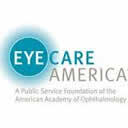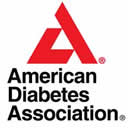Diagnostic Services
- Refraction is the procedure used in determining a glasses prescription either for diagnostic purposes (to determine whether your best corrected vision is better or worse than before) or to give you a glasses prescription
- Slit lamp biomicroscopy is the examination of your eye with the table mounted rolling microscope on which you place your chin when in the exam room
- Ophthalmoscopy is the examination of your retina either with a focusing lens the doctor holds to look in your eye while your chin rests on the slit lamp or with the headmounted ophthalmoscope the doctor uses to get a wide field view of your retina. This portion of the exam is typically memorable since the light is extremely bright. The doctor will sometimes dilate your pupils to get a better view of your retina
- Tonometry is the measurement of eye pressure usually done with the blue glowing device which makes light contact with the cornea (front surface
of your eye). This is a smooth device which you will typically not feel when making contact. It is disinfected between patients.
- Gonioscopy is the examination of the angle (or drain) within the eyeball using a lens prism which makes contact with your cornea (also disinfected between patients) and allows the doctor to visualize the drain of the eye – important in the diagnosis and treatment of glaucoma and determination of your risk for developing various types of glaucoma.
- Corneal Pachymetry is the measurement of the thickness of the cornea (the front, clear window of the eyeball). This is an important measurement used in the treatment glaucoma and diseases of the cornea.
- Visual field testing is the mapping of your vision for areas where you may have partial or complete blind spots. This is done by having you place your chin within a machine which projects spots of light onto a surface in front of you and having you click a button when you see the lights. This is not an exciting but a very important test to determine whether you may have lost any vision to glaucoma or other eye diseases.
- OCT (Optical Coherence Tomography) is the scanning of your retina allowing measurement of thickness of the retina or layers of the retina for the purpose of determining how various diseases including glaucoma, diabetes, and macular degeneration have affected your retina and also to help your doctor assess the effectiveness of treatment.
- Biometry is the measurement of multiple parameters of the eyeball prior to cataract surgery or lens implantation or exchange. This allows for calculations to determine the proper lens implant to place within your eye at the time of surgery to allow focusing of images onto your retina. It is performed in our practice with both ultrasound and the IOL Master device which uses light to measure the eye.
- Ultrasound Biomicroscopy is an ultrasound method allowing the imaging of the front half of the eyeball with a high level of detail. It is important to assess the position of structures within the front of the eyeball and to image lens implants and other devices when these devices and structures cannot be visualized directly with the slit lamp microscope. The ultrasound biomicroscope is not widely available and Worcester Eye Consultants is one of the few practices in our region to have one onsite.
- Corneal Topography is a mapping of the contour of the cornea (front surface of the eye) for the purpose of screening for and assessing certain diseases which can change the shape of the cornea and also to map corneal shape before and after some types of eye surgery








